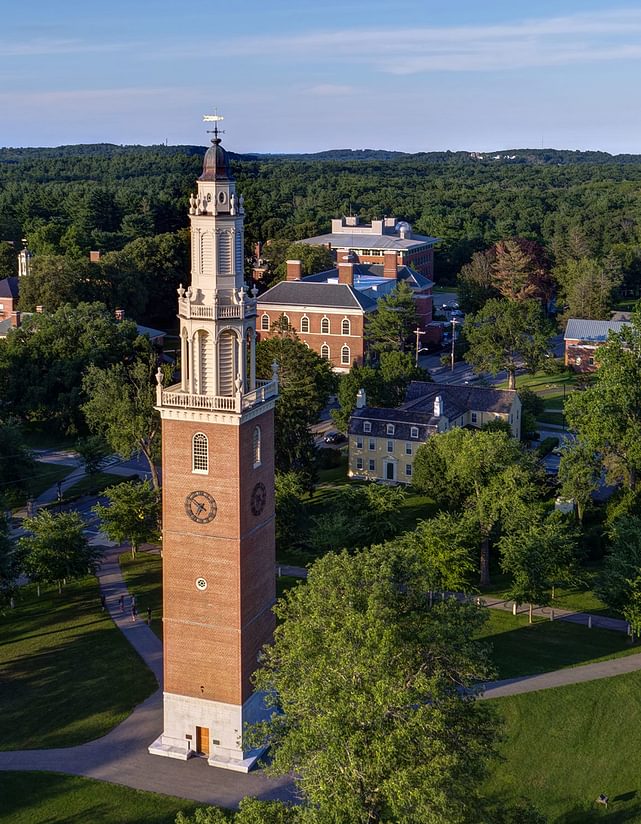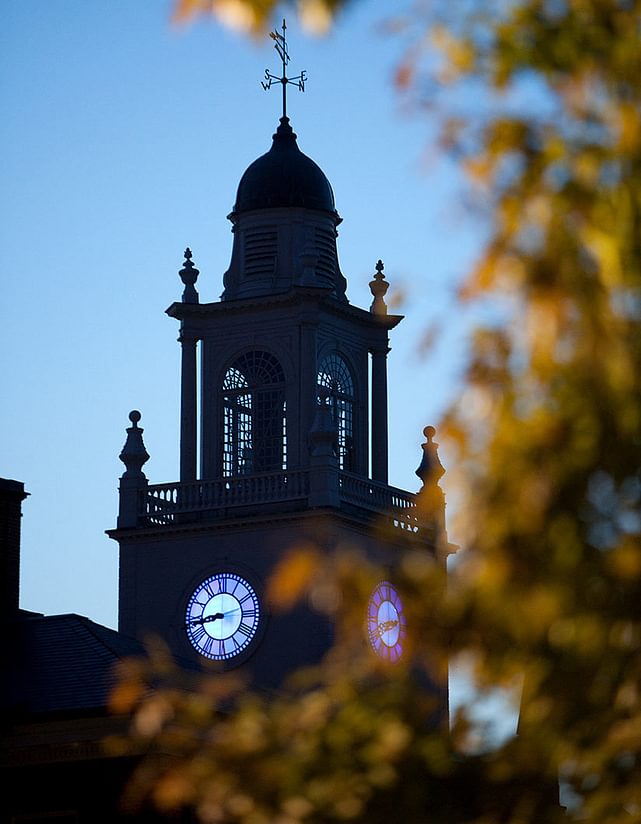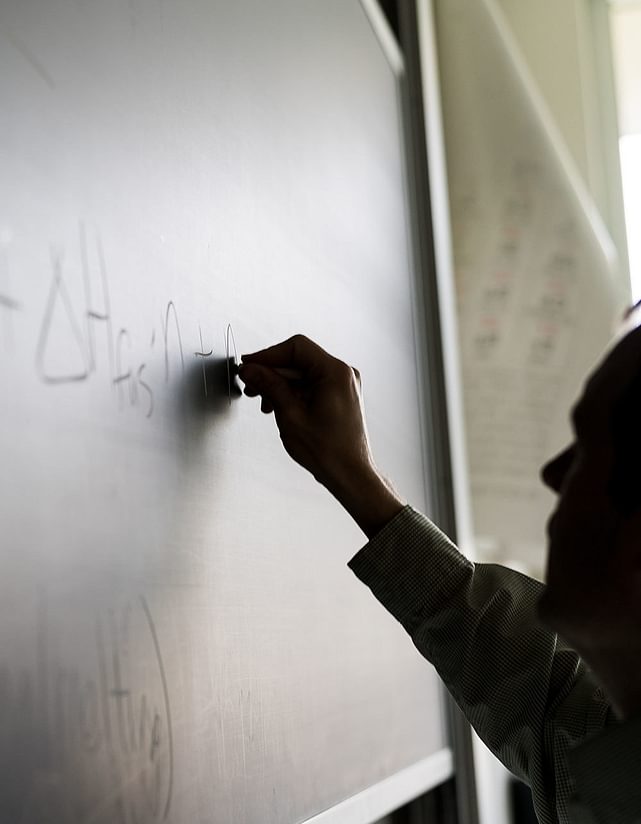Capt. Thomas J. Hudner Jr. ’43
First Medal of Honor recipient of the Korean War.Thomas J. Hudner Jr. ’43, a naval aviator who retired as captain, received the first Medal of Honor of the Korean War. Today he is the conflict’s last living Navy recipient. In a 1951 White House ceremony, President Truman praised the then lieutenant’s “uncommon valor,” for crash-landing his plane in enemy territory in an attempt to save the life of his downed wingman, Ensign Jesse L. Brown. Brown died from injuries sustained in the crash.
Brown was the nation’s first black naval aviator and the first black naval officer to lose his life in any U.S. war. Truman had ordered full integration of the military two years earlier, but racism throughout the armed forces remained. Detractors of the Truman order argued, among other points, that integration would destroy the morale of white soldiers in combat. After the war, Hudner received a letter from a black man who thanked the young pilot for risking his life for Brown, writing he “never thought a white man would help out a black man like that.”
Hudner and Brown launched their F4U Corsairs from the USS Leyte on the afternoon of Monday, December 4, 1950, as part of a six-plane reconnaissance mission over Korea’s northeast peninsula. The Korean War was in its fifth month. General MacArthur’s “end the war” offensive had failed days before, thwarting troops’ hopes to be home for Christmas. The six Corsairs, four ahead and two behind, flew north to the Chosin Reservoir, where Chinese forces were closing in on the 1st Marine division.
During the low patrol over the reservoir, ground fire pierced the belly of Brown’s plane, forcing him to crash-land on the side of a snow-covered mountain. Hudner circled above the wreck and watched as Brown opened his canopy and waved to him. He appeared stuck. A rescue helicopter was 30 minutes away. Given the subzero conditions and the engine fire that threatened to reach Brown, Hudner made a split-second decision.
Hudner’s Medal of Honor citation briefly describes the rescue attempt:
Fully aware of the extreme danger in landing on the rough mountainous terrain and the scant hope of escape or survival in subzero temperature, he put his plane down skillfully in a deliberate wheels-up landing in the presence of enemy troops. With his bare hands, he packed the fuselage with snow to keep the flames away from the pilot and struggled to pull him free. Unsuccessful in this, he returned to his crashed aircraft and radioed other airborne planes, requesting that a helicopter be dispatched with an ax and fire extinguisher. He then remained on the spot despite the continuing danger from enemy action and, with the assistance of the rescue pilot, renewed a desperate but unavailing battle against time, cold, and flames.
After receiving the nation’s highest military honor, Hudner remained on active duty for 22 years, performing 27 combat missions in Korea. In the Vietnam War he served aboard the USS Kitty Hawk as executive officer. He then served as the Massachusetts Commissioner of Veterans Services.
In the spring of 2012, Secretary of the Navy Ray Mabus bestowed a rare honor on an Andover alumnus by declaring that a naval destroyer now under construction at the Bath Iron Works in Maine will be named the USS Thomas Hudner. Since the 1970s, just 11 vessels have been named for individuals who were living when the naming was announced.
The ship was christened in April 2017 with Captain Hudner present for the ceremony. Andover will hold a permanent place on the newly constructed ship. As part of the traditional “Mast Stepping Ceremony,” an Andover Bicentennial Coin was among the items placed in the mast stepping box. In today’s interpretation of a custom that predates the modern US Navy, “the items that are chosen to be placed beneath the mast of the ship serve to represent the life and character of her namesake.”



